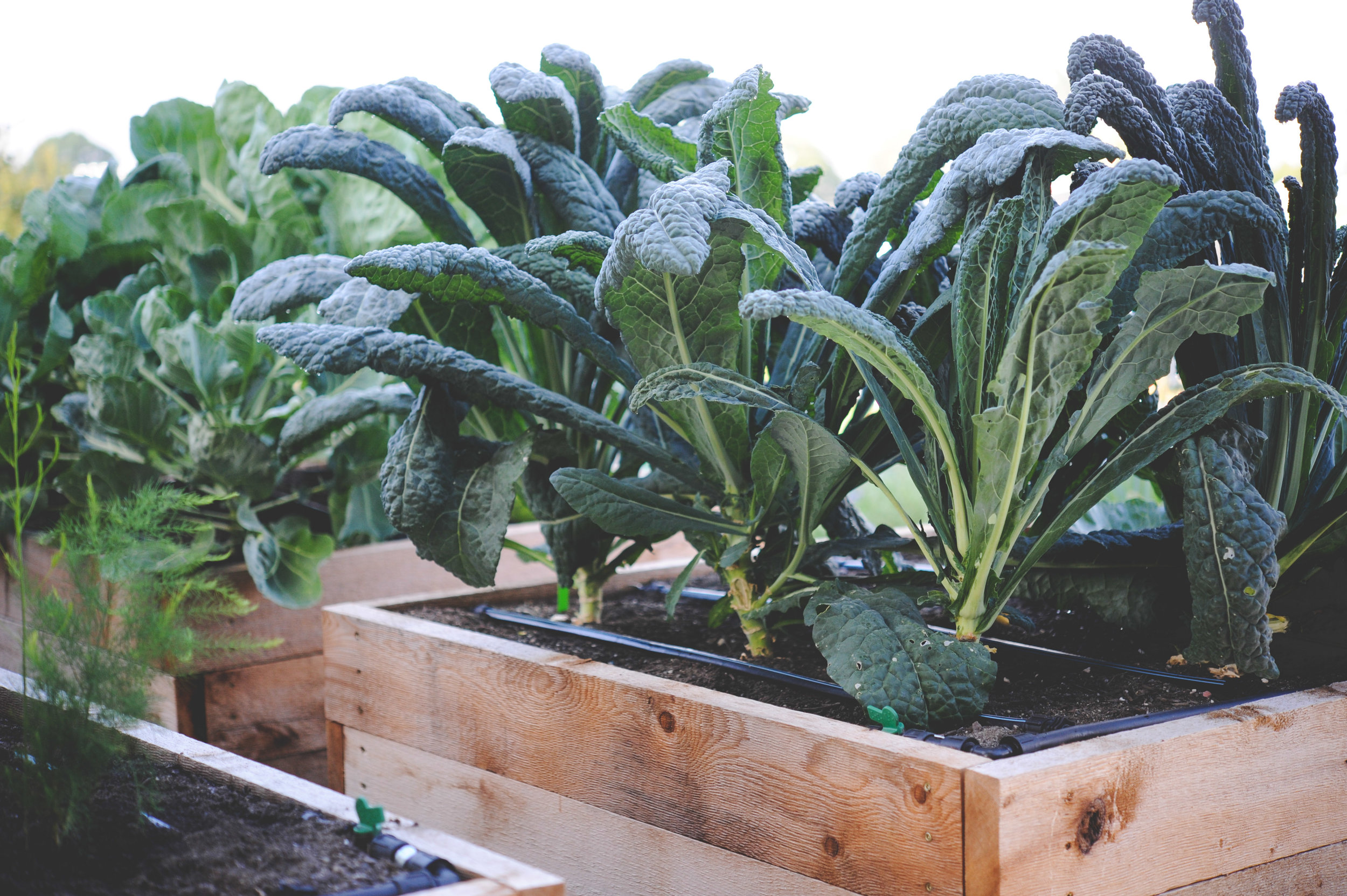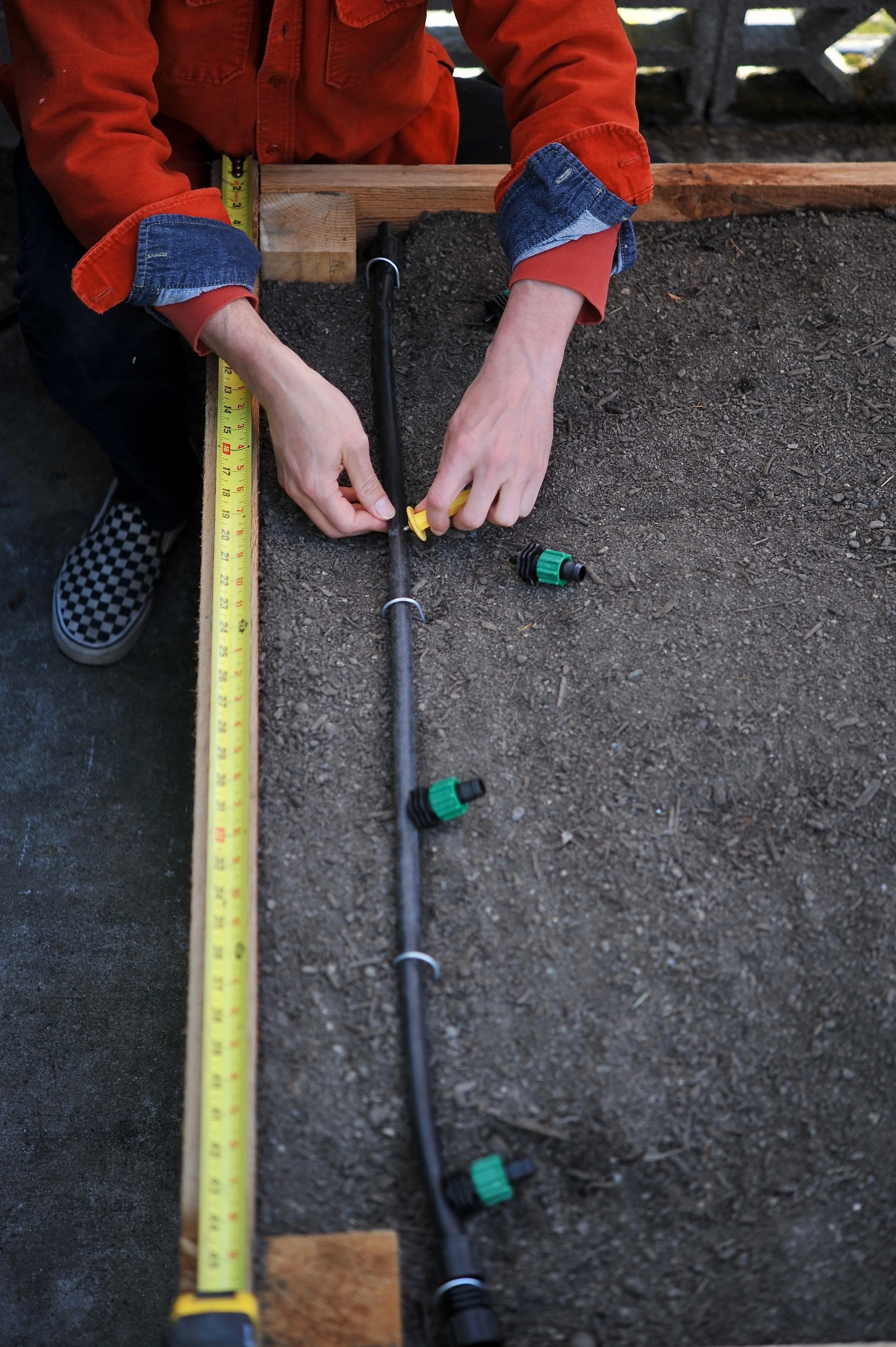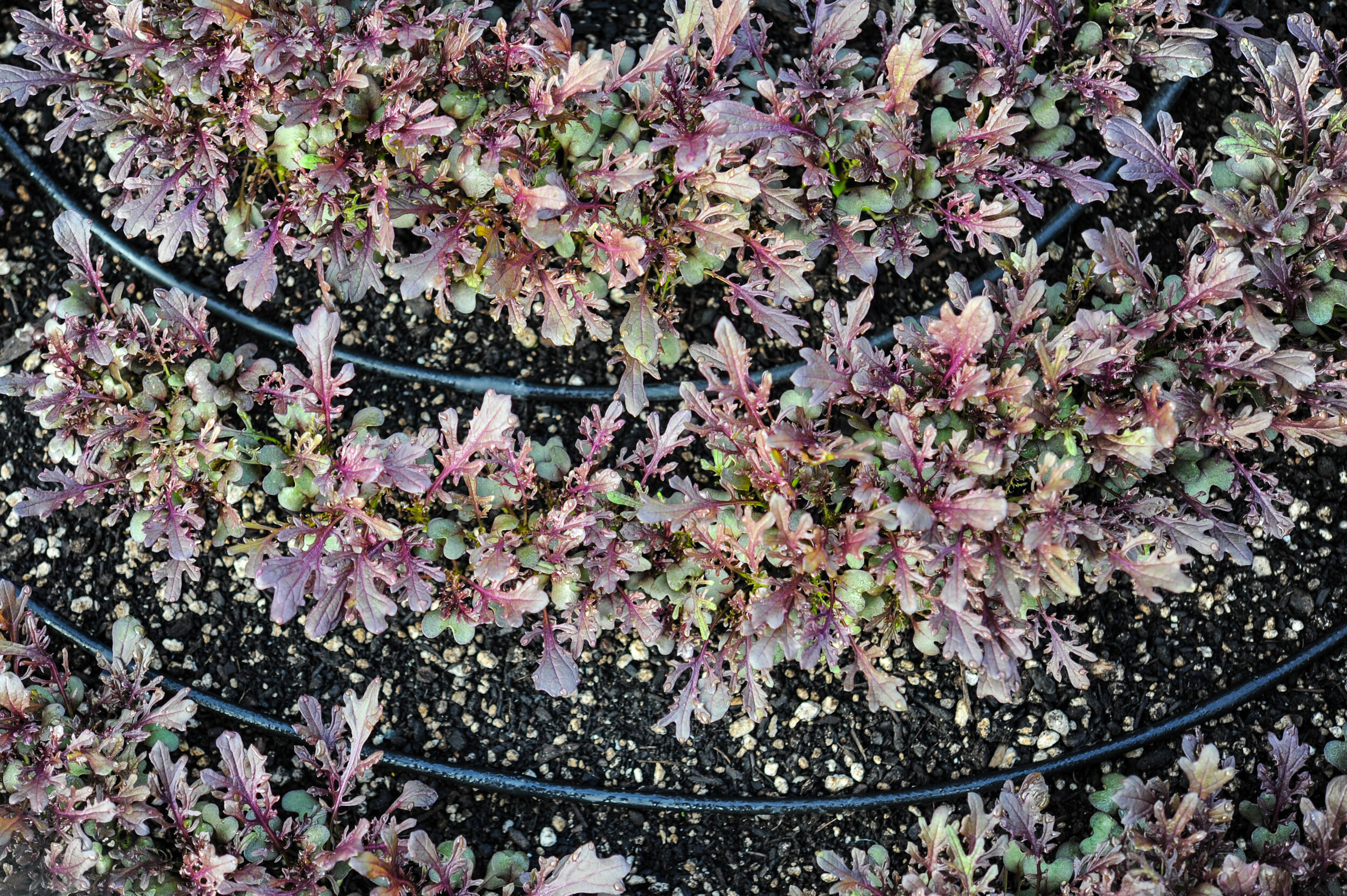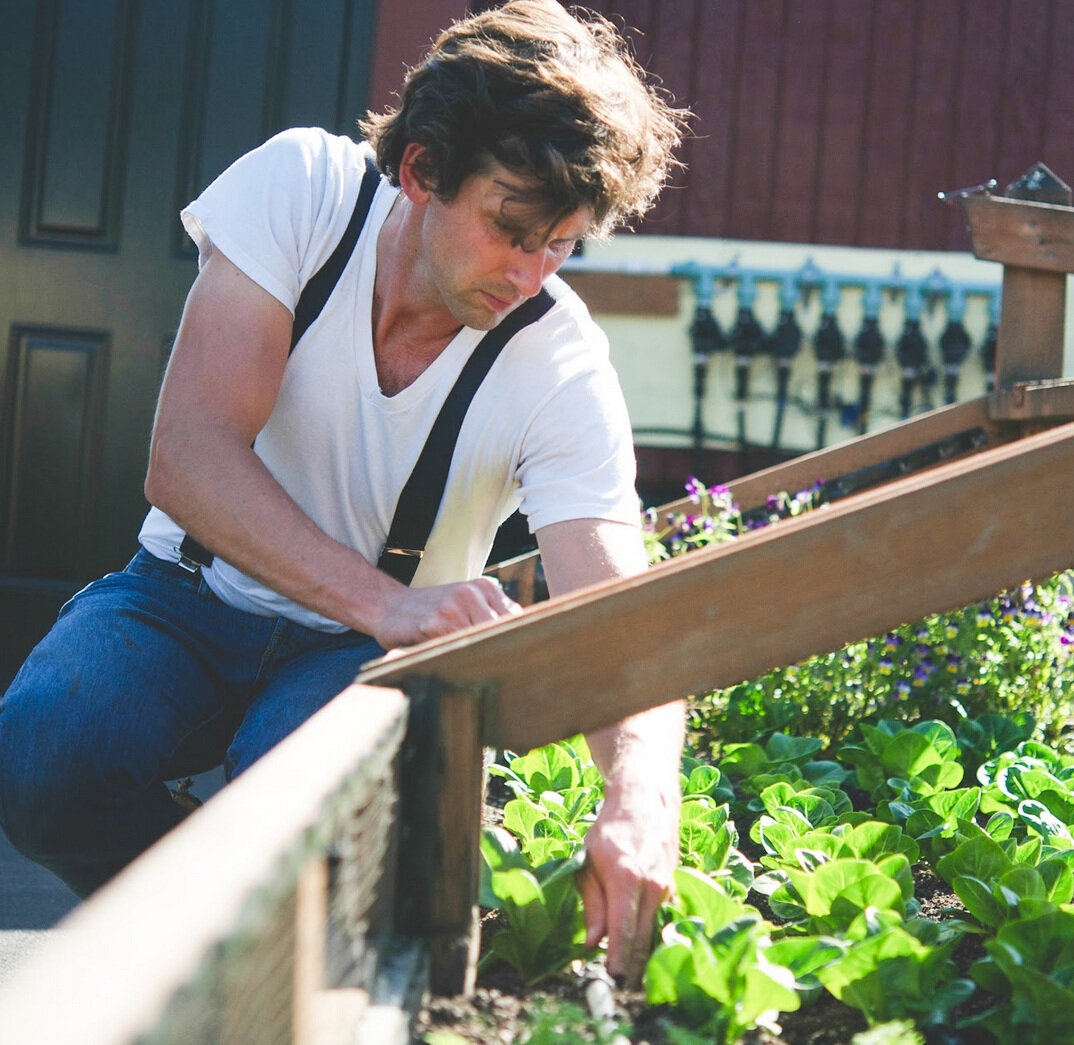Last week we discussed the various benefits of drip irrigation, along with how to operate and maintain a system. Today we’re discussing the details and providing everything you need to know to install your own drip irrigation system.
HOW TO LISTEN:
Subscribe in iTunes (or your favorite podcast player) to have our podcasts sent directly to your device.
Listen right now in your browser by clicking above.
SHOW NOTES:
In this episode, we discuss:
The different types of drip irrigation systems
The various parts and fittings that comprise a system
Products love and those we suggest avoiding
Important Take-aways:
Drip irrigation is a system of narrow plastic tubes that deliver water at a slow rate directly to the surface of the soil. The tubing can consist of either drip tape or ¼” emitter tubing:
Drip tapes are flat and straight. They are cost effective and quick to set up. However, they are not particularly flexible, so only work for setting up straight rows. Drip tapes are relatively easy to damage while gardening, but also very easy to repair if minor leaks do occur. Drip tapes are also pressure compensating, which means that the entire tube fills with water before the emitters start to release water. This ensures that the emitters at the far end of the line are dripping at the same rate as those closest to the mainline.
¼” emitter tubing is a small hose with emitters spaced every 6 or 12 inches. Emitter tubing is flexible, so it’s useful for container irrigation and beds with curved lines, as well as in raised beds with straight lines. It is relatively easy to set up, although the small fittings can be challenging to put together, and it is more durable than drip tape.
Each type of drip line or emitter system will have its own complement of fittings including fittings to connect to the mainline, end fittings, tees, elbows, crosses, and couplers. You will also want to add a filter and a simple automatic timer to your drip irrigation system.
Many companies sell drip irrigation kits for small gardens that include just about everything you need to build your system, or you can assemble your own.
We recommend you avoid soaker hose and Netafim tubing products (commonly sold at hardware stores), and stick with ¼” emitter tubing or drip tape. Soaker hoses rarely last more than a season in a garden, and netafim products are bulky and hard to work with.
Drip irrigation products we recommend:
Both the 1/4 inch drip line kit (DripWorks Garden Bed Irrigation Kit ) and the drip tape kit (Drip Tape Row Crop Kit with Timer) come with tubing with pre inserted drip emitters. This is a really important detail to look for, as the bubblers and systems that require you to insert your own emitters are much less effective and not nearly as fun to work with. A guide to piecing together a drip tape irrigation system in is our book, Food Grown Right, In Your Backyard.
Like what you hear? Please share our podcast with a friend. Subscribe on iTunes or your favorite podcast player so you never miss a beat. And we'd really appreciate you showing us some love by leaving a rating and review on iTunes.
Have a topic you'd like see us dig in to? Leave us a note in the comment section below or #EBpodcast on Instagram and Twitter!













